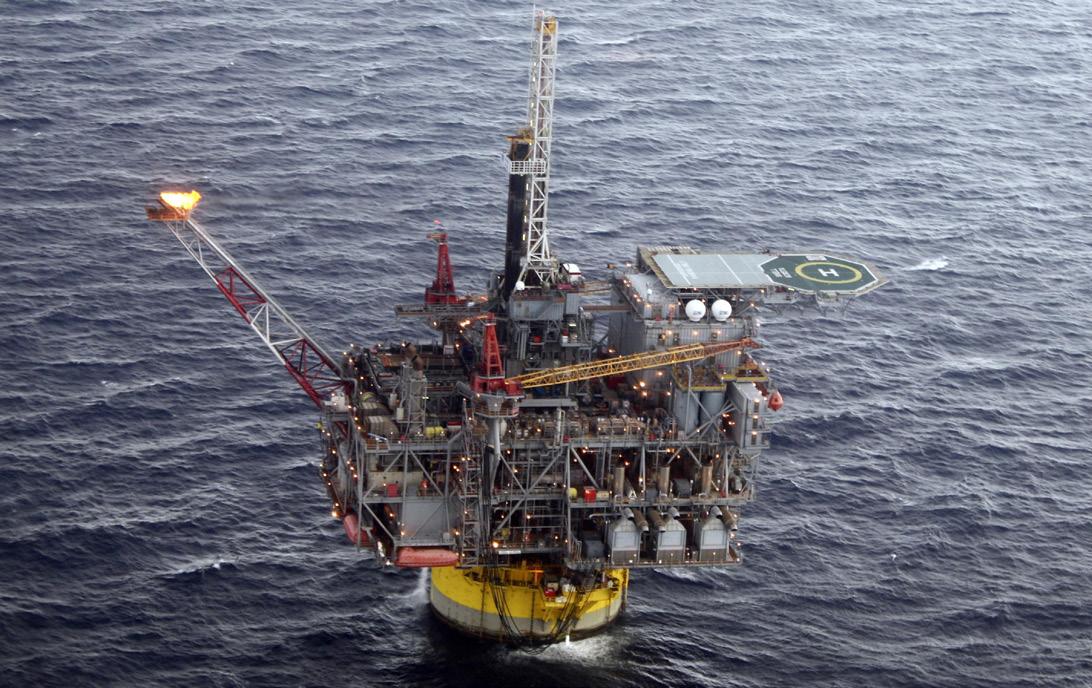Paints & Coatings Bellona and Jotun to develop industry standard A new international effort initiated by Norway’s Bellona and supported by Norway’s paint manufacturer, Jotun and other leading companies in the maritime industry, aims to develop an industry standard for proactive hull cleaning to tackle the global biofouling issue. The build-up of marine life on ships’ hulls, known as biofouling, is an age-old problem for ship operators and the shipping industry. Severe underwater biofouling slows the affected ship and can increase its fuel consumption by as much as 40%, boosting already high CO2 emissions. And biofouling doesn’t just slow down ships. The accumulation of marine life may cause the spread of invasive aquatic species in environments they’re transported to, affecting biodiversity, ecosystem health and the livelihoods of coastal communities across the globe. It’s something that regulators, ship operators, port authorities and conservation bodies are increasingly concerned about. There are, of course, other collaborations and initiatives that seek to tackle the biofouling issue, but Skarbø points out the CHI is unique in the sense that it is addressing proactive cleaning issues. She says regulatory inconsistencies worldwide create a major barrier to ship operators wanting to manage biofouling proactively, and for in-water cleaning (IWC) providers operating in multiple locations. Compounded by the absence of any international regulation or standard for hull cleaning, today there is no international regulating body for ports and anchorages where IWC takes place. Local biofouling and/or IWC management guidelines vary hugely, if they exist at all. The launch event also shed more light on biofouling management issues and opportunities, the regulatory landscape and discussions on the importance safe proactive hull cleaning practices. Angelika Brink, senior surface scientist at Jotun, said that while the models may appear to overestimate the amount and impact of biofouling it is likely that the opposite is true, and the impact of biofouling really is much higher than even the predictions. Showing a graph detailing Glofouling’s
New CII tool from Jotun
The CHI launch event included a panel debate which shed light on biofouling management issues and opportunities, the regulatory landscape and discussions on the importance safe proactive hull cleaning practices
study of impact of biofouling on emissions she indicated a point on it and said many would feel a 55% increase in GHG caused by just 1% biofouling coverage is impossibly high. Brink went on to cover the difficulties in quantifying fouling coverage based on observation particularly when different types of fouling were present. Some theories and tests have shown that it is not always the extent of coverage but the type of coverage that matters and a single large barnacle can have more impact on performance than many smaller ones. She concluded that actual data collected in future would be improved by better correction for environmental factors, better understanding and estimation of coverage and types of fouling and more knowledge of surface effect interaction.
Norway’s Jotun has created a tool to calculate the CII of individual vessels and project the expected development in CII ratings based on different anti-fouling coatings. The digital tool will display options in a way that customers can easily visualise. Alongside the new tool, Jotun has published a paper that dispels the notion of ‘low friction’ coatings that can improve vessel EEXI purely through theoretical calculations and adjustments. The findings are supported by vessel performance data analysed using the ISO 19030 standard. The paper highlights those IMO guidelines clearly state that the effect of low friction coatings cannot be measured, calculated or certified in isolation. In the case of a sea trial, achieving low hull roughness requires the right surface preparation and skilled application, and not purely on choice of coating. Should the vessel end up with an anti-fouling that claims low friction but is not effective in protecting the hull against biofouling, loss in vessel speed, increased fuel consumption and commercial consequences of poor CII ratings will be costly for the shipowner. Even as shipowners see EEXI compliance as the most pressing need, decisions taken now on hull coatings can significantly affect CII ratings for the next few years. Hull coatings can make a difference between a B- and an E- rating on vessel’s CII.
Figure 1 - Carbon intensity factor over a five-year drydocking period for different hull protection solutions
Page 18 – www.shipandoffshorerepair.com














